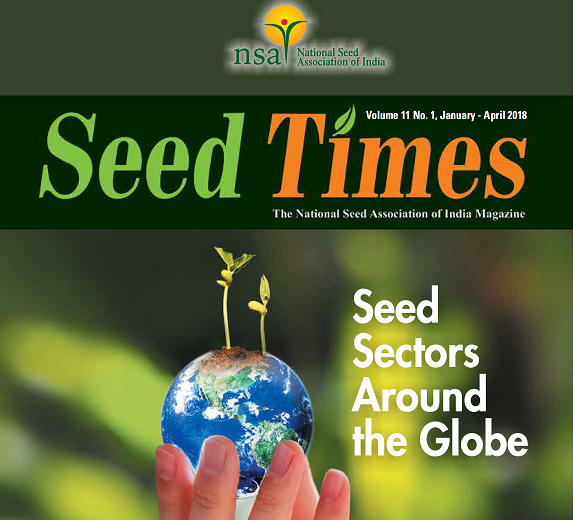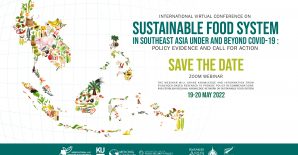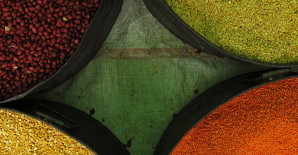ReSAKSS-Asia research on seed systems was recently featured in the Seed Times, the magazine of the National Seed Association of India. Since the 1980s, many developing countries have introduced policies to promote seed industry growth and improve the delivery of modern science to farmers, often with a long-term goal of increasing agricultural productivity in smallholder farming systems. Public, private, and civil society actors involved in shaping policy designs have, in turn, developed competing narratives around how best to build an innovative and sustainable seed system, each with varying goals, values, and levels of influence. Efforts to strike a balance between these narratives have often played out in passionate discourses surrounding seed rules and regulations. As a result, however, policymakers in many countries have expressed impatience with the slow progress on enhancing the contribution of a modern seed industry to the overarching goal of increasing agricultural productivity growth. One reason for this slow progress may be that policymakers are insufficiently cognizant of the trade-offs associated with rules and regulations required to effectively govern a modern seed industry. This suggests the need for new data and analysis to improve the understanding of how seed systems function. The article explores these issues in the context of Asia’s rapidly growing seed industry, with illustrations from seed markets for maize and several other crops, to highlight current gaps in the metrics used to analyze performance, competition, and innovation. The article provides a finite set of indicators to inform policymaking on seed system design and monitoring, and explores how these indicators can be used to inform current policy debates in the region.



